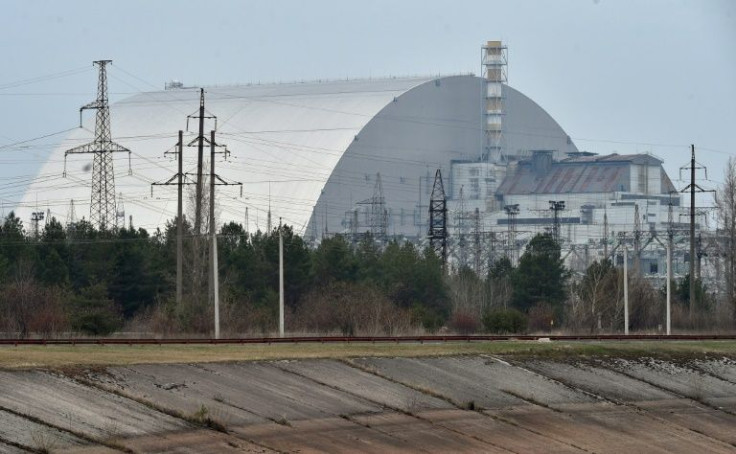Russian Soldiers Exposed Themselves To Dangerous Chernobyl Radiation
KEY POINTS
- The Russian soldiers were not wearing anti-radiation gear when they entered the "Red Forest"
- The area earned its name after the pine trees turned red following the devastating 1986 nuclear disaster
- Workers at the site said the drive through the forest was “suicidal,” says a report
Russian soldiers who captured the site of the devastating Chernobyl nuclear disaster may have exposed themselves to radiation after they entered the zone without protective gear.
Russian troops drove their tanks and armored vehicles through the “Red Forest,” a 10-square-kilometer area surrounding the Chernobyl Power Plant. It earned its name after pine trees in the area turned red because of radiation following the 1986 explosion. The area is considered so highly contaminated that even nuclear plant workers are not allowed to enter.
The Russian soldiers entered the contaminated area when they went to seize the nuclear power plant. However, the troops were not wearing protective gear, which may have led to them inhaling radioactive dust. Workers at the site who spoke with Reuters in anonymity said the drive through the forest was “suicidal,” adding that the soldiers may suffer from internal radiation following exposure.
The International Atomic Energy Agency (IAEA), Ukraine’s state nuclear inspectorate, on Feb. 25 said they detected an increase in radiation levels at Chernobyl. They said the increase was possibly due to heavy military vehicles disturbing the soil. However, the agency noted that the readings remained low and were not likely to pose a threat to the public.
“The IAEA continues to closely monitor this and other developments in Ukraine, with a special focus on the safety and security of its nuclear reactors," the agency said in a statement.
The Chernobyl Nuclear Power Plant was the site of history’s worst nuclear accident. The incident took place on April 26, 1986, while the plant’s operators were conducting a safety test and a routine shutdown for maintenance. Technicians at reactor Unit 4 attempted a poorly designed experiment, which later led workers to shut down the plant’s power-regulating system and emergency safety systems. The workers also withdrew most of the control rods from the core.
The mistakes made that day were compounded by other factors. At 1.23 a.m. on April 26, the core went out of control, triggering a series of explosions that released large amounts of radioactive material into the atmosphere.
The disaster killed 31 people directly, including workers and firefights who died of acute radiation poisoning during the cleanup. The disaster has also been linked to 5,000 cases of thyroid cancers. To date, the site remains contaminated. It has been closed off to human habitation.

© Copyright IBTimes 2025. All rights reserved.






















